Highlights
- With the advent of the 5G revolution, where data transfer speeds are expected to increase significantly, the demand for 5G-ready smartphones is on the rise in India.
- In the highly competitive market of mid-range 5G smartphones, the Realme 11 Pro, Lava Agni 2, and Redmi Note 12 Pro have emerged as strong contenders.
- The Realme 11 Pro boasts cutting-edge features, impressive performance, and a sleek design, while the Lava Agni 2 aims to cater to a wider audience with its affordability and functionality. The Redmi Note 12 Pro 5G, positioned as a Supernote, presents superior capabilities and 5G connectivity.
- This blog aims to determine which of these smartphones offers the best value for money. This comparison will delve into their key features, hardware specifications, software offerings, pricing, and other important aspects.
With the recent launch of Realme 11 Pro series and the introduction of Lava Agni 2 last month (May 2023), the battle of best mid-range 5G smartphone has taken another interesting turn. Meanwhile, we also have Redmi Note 12 Pro as the frontrunner in the race. So, which of these smartphones actually have the best value for money? In this blog, we delve deeper into this question. So, let’s get started.
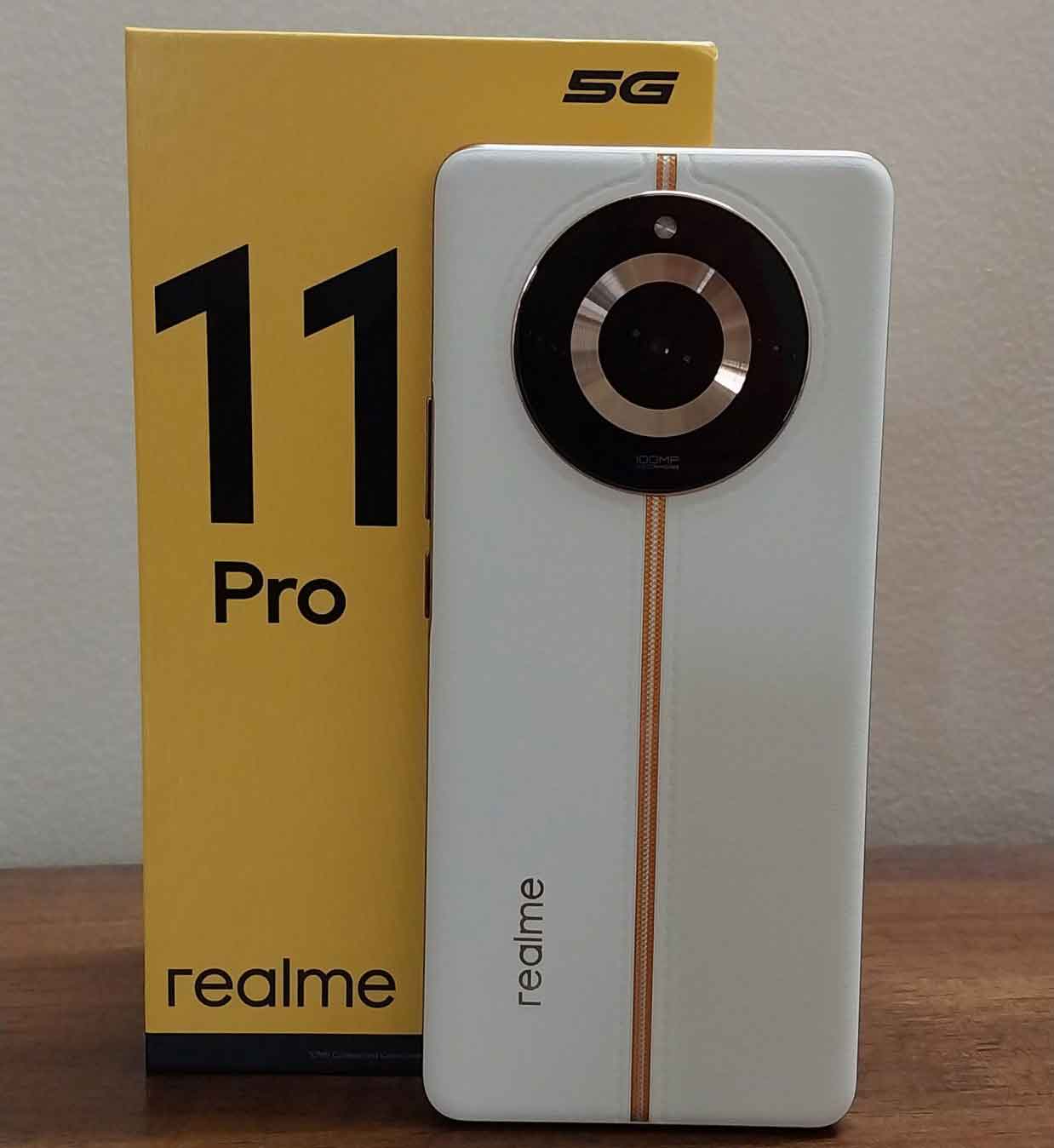
In the ever-evolving world of smartphones, technological advancements have taken center stage and every major smartphone brand is consistently trying to push the boundaries of innovation. Today, we find ourselves on the cusp of a new era – The 5G revolution. With promises to accelerate cellular data transfer speeds from 100 Mbps to 10 Gbps and beyond, the 5G rollout in India is booming.
According to a study by Ericsson, “consumer readiness for 5G in India is high with an estimated 100 million users already owning 5G-ready smartphones.” In the coming months, this number is supposed to grow exponentially. To keep up with the demand of 5G smartphones, everyday the contenders of best 5G smartphone changes with new product launches.
The recent to battle for the top spot of best 5G smartphone seems to be happening between Realme 11 Pro, Lava Agni 2, and Redmi Note 12 Pro 5G – the three powerful smartphones that promise to redefine the mobile experience.
The Realme 11 Pro, hailing from the popular Realme brand, has garnered attention for recent grand launch. Cutting-edge features, remarkable performance and a uniquely sleek design, the device is equipped with top-of-the-line hardware and a robust software ecosystem.

Next up is the Lava Agni 2, which is no less than a rising star in the smartphone arena. With Agni 2, Lava is offering its unique blend of affordability and functionality.
The Agni 2 is definitely aiming to cater to a wider audience without compromising on key specifications. Finally, we have the Redmi Note 12 Pro 5G, what the renowned Xiaomi subsidiary is calling a Supernote.
Armed with 5G connectivity and a range of advanced features, the Note 12 Pro 5G seeks to dominate the market with its superior capabilities.
In this comparison, we will delve into the key features, hardware specifications, software offerings, pricing, and other notable aspects of these three smartphones. By the end of this article, you will have a clear understanding of their strengths, weaknesses, and how they stack up against one another.
So, without further delay, let’s get started.
Realme 11 Pro vs Lava Agni 2 vs Redmi Note 12 Pro 5G – Price

Realme 11 Pro has come to India with three storage options. You have the 8GB + 128GB base variant available for Rs 23,999. The 8GB + 256GB and the 12GB + 256GB models are priced at Rs 24,999 and Rs 27,999, respectively.
The Lava Agni 2 5G has been launched in a single variant with 8GB RAM and 256GB of storage, which is priced at Rs 21,999.
The Redmi Note 12 Pro costs Rs 24,999 for the base variant with 6GB + 128GB. The price goes up to Rs 26,999 for the 8GB + 128GB variant and Rs 27,999 for the high-end 8GB+256GB model.
Realme 11 Pro vs Lava Agni 2 vs Redmi Note 12 Pro 5G – Design
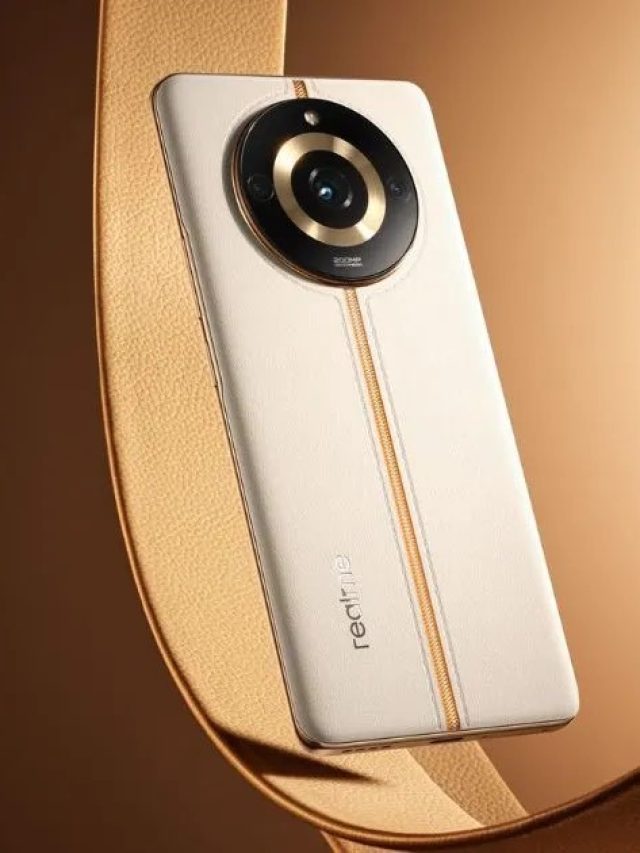
When it comes to design, all three brands – Realme, Lava and Redmi – have never shied away from going over the top in every possible aspect. Here too, we have three uniquely designed smartphones. From collaborating with top international designers to adopting sophisticated design patterns, all three brands have gone all out.
Realme 11 Pro’s design is surely one of the most beautiful phones you would come across in this price segment in 2023. Working in collaboration with Matteo Menotto, the former Gucci designer, 11 Pro series seems to have taken inspiration from the city of Milan itself.
The smartphone is sporting a faux-leather finish as the back gets divided into two halves by a glossy textured zip-like finish. This resemble a stitch between two separate fabrics and gives a completely different look to the overall smartphone. The circular camera module at the rear takes, although seems huge, does not protrude much. All in all, the Realme 11 Pro is designed to turn somes heads when in public.

Then, we have Lava Agni 2. Immediately striking is the what we can say for this smartphone. You take the smartphone in your hand and it gives off a premium flagship device feel. Available in a single colour option, the Viridian Green that looks much like Emerald Green, Agni 2’s design approach is curved.
The curved front feels premium to touch and back is made out of frosted glass that does not attract a lot of smudges. In fact, it is almost a smudge or scratch resistant device, if we can make a claim here.
Though, Lava Agni 2 carries such a smooth finish that when coupled with the curvy design, it becomes a lot more slippery than one would be prepared for. Although, the slippery nature of the device shouldn’t be problem, we recommend using the clear case that fortunately comes with the device.
Lastly, we have the Redmi Note 12 Pro that seems to be playing mostly safe when compared to the other two. Redmi is sticking to a boxy design with Note 12 Pro and comes in a glossy glass back panel that acts as a mirror as well as a home for fingerprints. The camera island does protrudes a bit which make the phone wobble when kept on flat surfaces.
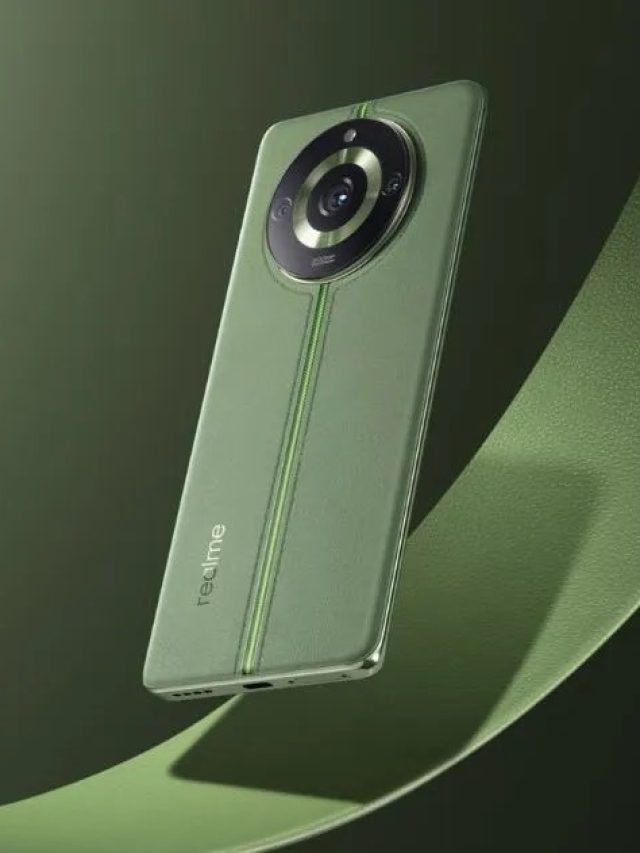
Note 12 Pro is simple and straightforward in design. However, the trendy colour choices – Onyx Black, Frosted Blue and Stardust Purple – does seem to be something that would attract younger buyers who are looking for something that is light on their pockets.
When it comes to design, every individual usually has their own preferences and a general opinion is always hard to form. However, if we had to give our vote to one out of these three options in the design department, we would rate Lava Agni 2 as the superior. Lava has really presented something that is give a complete luxurious look and feel that we love.
Realme 11 Pro vs Lava Agni 2 vs Redmi Note 12 Pro 5G – Display

The Realme 11 Pro boasts a stunning 6.7-inch curved AMOLED display that immerses you its Full HD+ resolution and a high 120Hz refresh rate. The display is designed to deliver an impressive peak brightness of 950 nits, ensuring excellent visibility even in bright outdoor conditions.
Furthermore, the Realme 11 Pro supports HDR10+ for enhanced contrast and vivid colors. The display incorporates a punch-hole cutout, elegantly housing the front-facing selfie camera.
Then we have the Lava Agni 2 that showcases a captivating 6.78-inch 3D Dual curved AMOLED display. With its Full HD+ resolution and a 120Hz refresh rate, you’ll experience sharp details and fluid motion on the screen.
The Agni 2 display also supports HDR10 and HDR10+, elevating your viewing experience with enhanced dynamic range and lifelike visuals. Additionally, the device is equipped with Widevine L1 certification, ensuring seamless streaming of high-definition content.
The Redmi Note 12 Pro, on the other hand, offers a delightful 6.67-inch AMOLED display with a 120Hz refresh rate. The screen delivers impressive visuals with its Full HD+ resolution, allowing you to enjoy crisp details and vibrant colors. With support for Dolby Vision and HDR10+, the Redmi Note 12 Pro takes your viewing experience to the next level by offering enhanced contrast and a wide color gamut. Additionally, the display achieves a peak brightness of 900 nits, ensuring clarity even under bright lighting conditions.
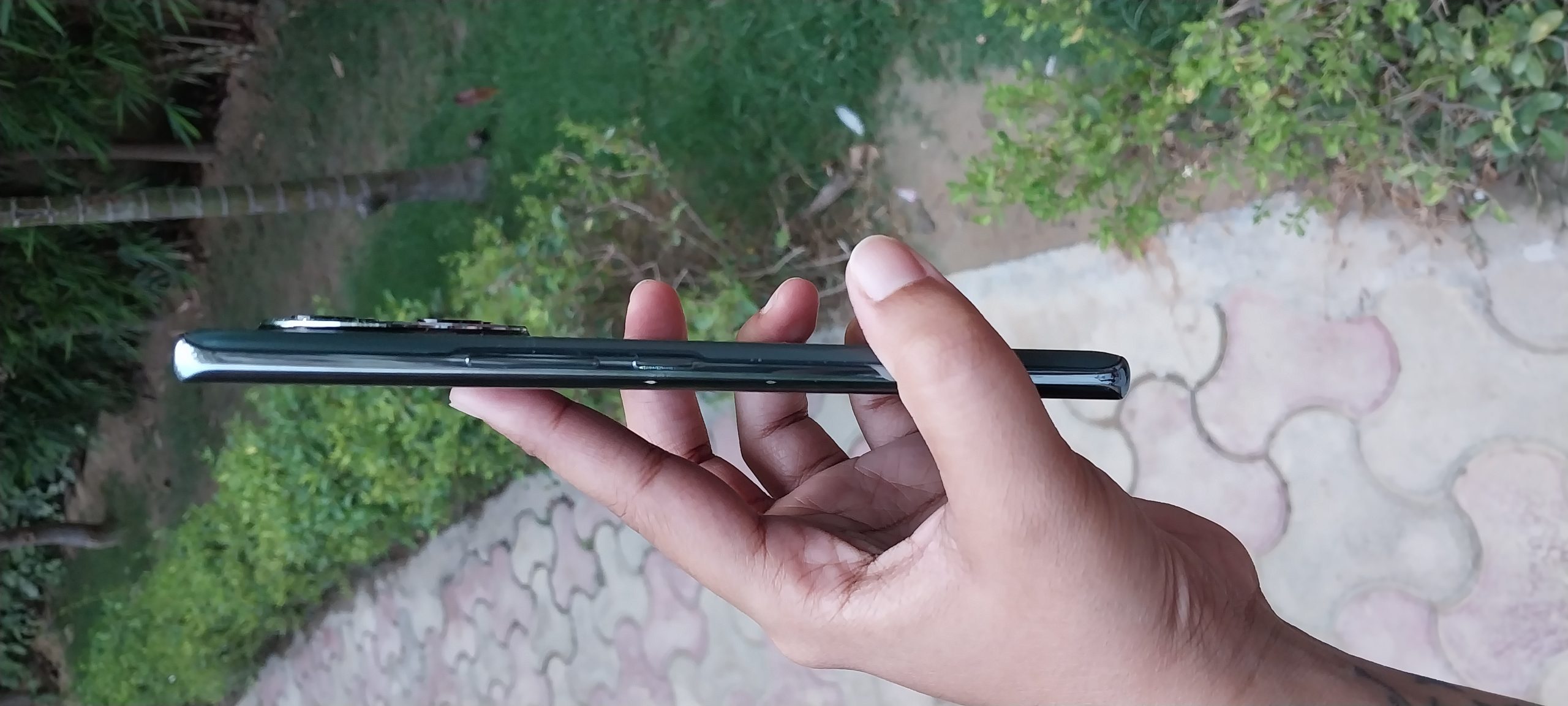
Between these three devices, the choice becomes tougher when it comes to the display. While two of them feature curved displays for an immersive feel, the Redmi Note 12 Pro definitely stands out with its Dolby Vision support, delivering exceptional visual quality. While the Realme 11 Pro is also a great option due to its impressive combination of a curved AMOLED display and other features.
Realme 11 Pro vs Lava Agni 2 vs Redmi Note 12 Pro 5G – Camera
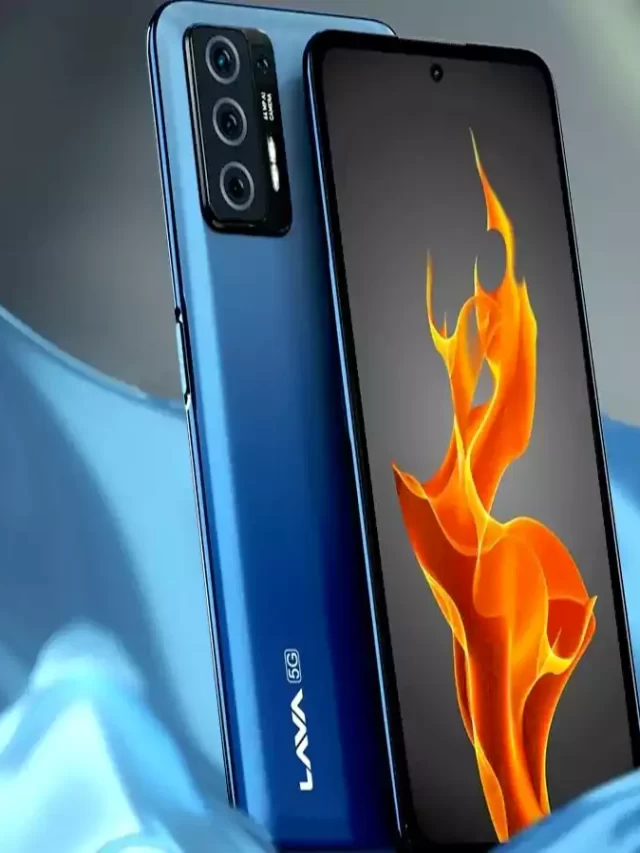
What about the camera? Let’s find out.
The Realme 11 Pro comes with a dual-camera setup on the back, featuring a 100MP primary sensor with optical image stabilization (OIS) support for sharper and clearer shots. Accompanying the main sensor is a 2MP secondary camera equipped with a portrait lens, adding depth and bokeh effects to your photos.
On the front, the phone boasts a 16MP shooter, capturing detailed and vibrant selfies.
In contrast, the Lava Agni 2 offers a versatile camera setup. It includes a 50MP primary sensor for high-resolution captures, an 8MP ultra-wide sensor for expansive landscape shots, a 2MP macro sensor for close-up photography, and a 2MP depth sensor for impressive portrait shots. For selfie enthusiasts, Lava provides a 16MP front-facing camera that ensures delightful self-portraits.
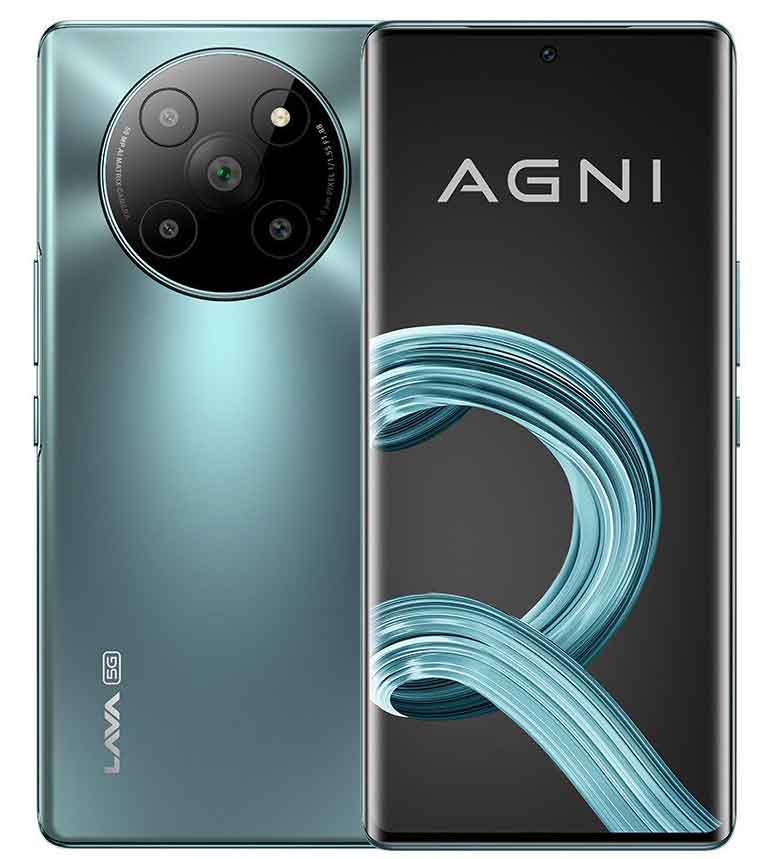
The Redmi Note 12 Pro 5G adopts a triple rear camera configuration. It features a 50MP primary sensor with OIS for improved image stabilization, an 8MP ultra-wide-angle sensor for capturing wider scenes, and a 2MP macro sensor for detailed close-up shots. Similar to the other two phones, it boasts a 16MP front-facing camera, enabling you to take stunning selfies.
When it comes to the main camera, the Realme 11 Pro takes the lead with its impressive 100MP sensor coupled with OIS support. However, in terms of overall camera versatility, Xiaomi’s Redmi Note 12 Pro 5G offers more value with its combination of a 50MP main sensor, ultra-wide-angle sensor, and macro sensor.
Realme 11 Pro vs Lava Agni 2 vs Redmi Note 12 Pro 5G – Performance
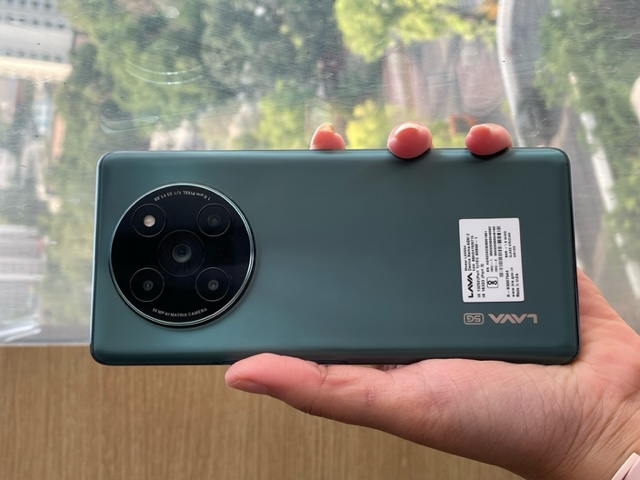
The Realme 11 Pro is equipped with the latest MediaTek Dimensity 7050 SoC, offering powerful performance. It comes with up to 12GB of RAM and 256GB of storage, providing ample space for your files and applications. Out of the box, Realme offers the Realme UI 4.0 version, which is based on Android 13, delivering a smooth and feature-rich user experience.
Next we have the Lava Agni 2 5G, which made its mark as the first device in India to feature the Dimensity 7050 chipset. It comes with a single variant offering 8GB of RAM and up to 256GB of storage.
Additionally, Lava provides support for 8GB of virtual RAM, utilizing internal storage effectively. The device runs on the clean Android 13 operating system, ensuring a bloatware-free experience without any intrusive ads.
In the case of the Redmi Note 12 Pro, it features a MediaTek Dimensity 1080 chipset, which offers decent performance within its segment. However, it may not stand out significantly compared to the chipset used in other two smartphones we are comparing it with. Note 22 Pro comes with the MIUI 13 user interface, based on Android 12, providing a range of features and customization options.
Lava with the clean software experience seems to be frontrunner when it comes to performance of these smartphones.
Realme 11 Pro vs Lava Agni 2 vs Redmi Note 12 Pro 5G – Battery
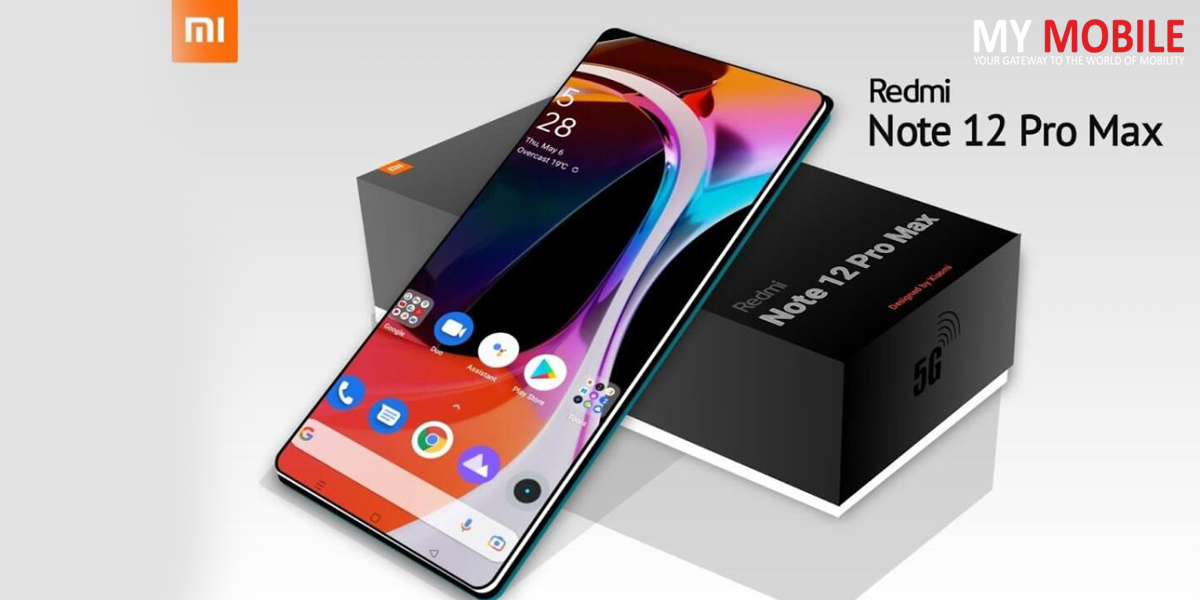
Let’s talk about the battery.
The Realme 11 Pro is equipped with a substantial 5,000mAh battery that supports blazing-fast 67W charging, ensuring minimal downtime and keeping you powered throughout the day.
On the other hand, the Lava Agni 2 features a slightly smaller 4,700mAh battery, but compensates with impressive 66W fast charging capabilities, allowing for quick top-ups when needed.
Similarly, the Redmi Note 12 Pro boasts a generous 5,000mAh battery, complemented by 67W fast charging support, ensuring efficient and rapid charging for uninterrupted usage.
All in all, the battery functionality of all three devices a carrying almost similar specifications and definitely wouldn’t be a deciding factory.
Now that we have a fair idea of all these devices, let’s take a closer look at the comprehensive comparison of all three devices to have a better idea specification wise.
Realme 11 Pro vs Lava Agni 2 vs Redmi Note 12 Pro 5G – A Comprehensive Comparison
| NETWORK | Technology | GSM / CDMA / HSPA / CDMA2000 / LTE / 5G | GSM / HSPA / LTE / 5G | GSM / CDMA / HSPA / EVDO / LTE / 5G |
|---|
| LAUNCH | Announced | 2023, May 10 | 2023, May 16 | 2022, October 27 |
|---|---|---|---|---|
| Status | Available. Released 2023, May 15 | Available. Released 2023, May 24 | Available. Released 2022, November 01 |
| BODY | Dimensions | 161.7 x 73.9 x 8.2 mm or 8.8 mm | 164.2 x 74.7 x 8.8 mm (6.46 x 2.94 x 0.35 in) | 163 x 76 x 8 mm (6.42 x 2.99 x 0.31 in) |
|---|---|---|---|---|
| Weight | 183 g or 189 g (6.46 oz) | 210 g (7.41 oz) | 187 g (6.60 oz) | |
| Build | Glass front, leather or plastic back, plastic frame | Glass front (Gorilla Glass 5), glass back, plastic frame | ||
| SIM | Dual SIM (Nano-SIM, dual stand-by) | Dual SIM (Nano-SIM, dual stand-by) | Dual SIM (Nano-SIM, dual stand-by) | |
| IP53, dust and splash resistant |
| DISPLAY | Type | AMOLED, 1B colors, HDR10+, 120Hz, 950 nits (peak) | AMOLED, 1B colors, 120Hz, HDR10+, 950 nits (HBM) | OLED, 1B colors, 120Hz, Dolby Vision, HDR10+, 500 nits (typ), 900 nits (HBM) |
|---|---|---|---|---|
| Size | 6.7 inches, 108.0 cm2 (~90.4% screen-to-body ratio) | 6.78 inches, 111.0 cm2 (~90.5% screen-to-body ratio) | 6.67 inches, 107.4 cm2 (~86.7% screen-to-body ratio) | |
| Resolution | 1080 x 2412 pixels, 20:9 ratio (~394 ppi density) | 1080 x 2400 pixels, 20:9 ratio (~388 ppi density) | 1080 x 2400 pixels, 20:9 ratio (~395 ppi density) | |
| Protection | Corning Gorilla Glass 5 |
| PLATFORM | OS | Android 13, Realme UI 4.0 | Android 13 | Android 12, MIUI 13 |
|---|---|---|---|---|
| Chipset | Mediatek MT6877V Dimensity 7050 (6 nm) | Mediatek MT6877V Dimensity 7050 (6 nm) | Mediatek MT6877V Dimensity 1080 (6 nm) | |
| CPU | Octa-core (2×2.6 GHz Cortex-A78 & 6×2.0 GHz Cortex-A55) | Octa-core (2×2.6 GHz Cortex-A78 & 6×2.0 GHz Cortex-A55) | Octa-core (2×2.6 GHz Cortex-A78 & 6×2.0 GHz Cortex-A55) | |
| GPU | Mali-G68 MC4 | Mali-G68 MC4 | Mali-G68 MC4 |
| MEMORY | Card slot | No | No | No |
|---|---|---|---|---|
| Internal | 128GB 8GB RAM, 256GB 8GB RAM, 256GB 12GB RAM, 512GB 12GB RAM | 256GB 8GB RAM | 128GB 6GB RAM, 128GB 8GB RAM, 256GB 8GB RAM, 256GB 12GB RAM | |
| UFS 2.2 |
| MAIN CAMERA | Modules | 100 MP, f/1.8, 26mm (wide), PDAF, OIS 2 MP, f/2.4, (depth) |
50 MP, f/1.9, (wide), 1/1.55″, 1.0µm, PDAF 8 MP, (ultrawide) 2 MP, f/2.4, (macro) 2 MP, f/2.4, (depth) |
50 MP, f/1.9, 24mm (wide), 1/1.56″, 1.0µm, PDAF, OIS 8 MP, f/2.2, 120˚ (ultrawide), 1/4″, 1.12µm 2 MP, f/2.4, (macro) |
|---|---|---|---|---|
| Features | LED flash, HDR, panorama | Dual-LED flash, HDR | Dual-LED dual-tone flash, HDR, panorama | |
| Video | 4K@30fps, 1080p@30/60/120/480fps, 720p@960fps, gyro-EIS | 4K@30fps, 1080p@30fps | 4K@30fps, 1080p@30/60/120fps, 720p@960fps |
| SELFIE CAMERA | Modules | 16 MP, f/2.5, 25mm (wide) | 16 MP, f/2.0, (wide), 1.0µm | 16 MP, f/2.5, (wide), 1/3.06″, 1.0µm |
|---|---|---|---|---|
| Features | Panorama | HDR | ||
| Video | 1080p@30fps | 1080p@30fps | 1080p@30/60fps |
| SOUND | Loudspeaker | Yes, with stereo speakers | Yes | Yes, with stereo speakers |
|---|---|---|---|---|
| 3.5mm jack | No | No | Yes | |
| 24-bit/192kHz audio | 24-bit/192kHz audio |
| COMMS | WLAN | Wi-Fi 802.11 a/b/g/n/ac/6, dual-band | Wi-Fi 802.11 a/b/g/n/ac/6, dual-band | Wi-Fi 802.11 a/b/g/n/ac/6, dual-band, Wi-Fi Direct |
|---|---|---|---|---|
| Bluetooth | 5.2, A2DP, LE, aptX HD | 5.2, A2DP, LE | 5.2, A2DP, LE | |
| Positioning | GPS, GALILEO, GLONASS, BDS, QZSS | GPS | GPS (L1), GLONASS (G1), BDS (B1I+B1c), GALILEO (E1), QZSS (L1) | |
| NFC | Yes (market/region dependent) | No | Yes (market/region dependent) | |
| Infrared port | No | No | Yes | |
| Radio | No | Unspecified | No | |
| USB | USB Type-C 2.0 | USB Type-C 2.0, OTG | USB Type-C 2.0, OTG |
| FEATURES | Sensors | Fingerprint (under display, optical), accelerometer, gyro, proximity, compass | Fingerprint (under display, optical), accelerometer, gyro, proximity, compass | Fingerprint (side-mounted), accelerometer, gyro, proximity, compass |
|---|
| BATTERY | Type | Li-Po 5000 mAh, non-removable | Li-Po 4700 mAh, non-removable | Li-Po 5000 mAh, non-removable |
|---|---|---|---|---|
| Charging | 67W wired | 66W wired, 50% in 16 min (advertised) | 67W wired, PD3.0, 50% in 15 min, 100% in 46 min (advertised) | |
| Stand-by | ||||
| Talk time |
| MISC | |||
|---|---|---|---|
| Colors | Astral Black, Sunrise Beige, Oasis Green | Blue | Stardust Purple, Frosted Blue, Onyx Black, White |
| Models | 22101316C, 22101316I, 23013RK75C, 22101316G | ||
| Price | ₹ 27,999 | About 220 EUR | ₹ 23,290 / $ 254.00 / £ 299.00 / € 215.06 |
| TESTS | Performance | AnTuTu: 545426 (v9), 585966 (v10) GeekBench: 2319 (v5.5), 2376 (v6.0) GFXBench: 22fps (ES 3.1 onscreen) |
AnTuTu: 490526 (v9) GeekBench: 2209 (v5.1), 2372 (v6) GFXBench: 22fps (ES 3.1 onscreen) |
|
|---|---|---|---|---|
| Display | Contrast ratio: Infinite (nominal) | Contrast ratio: Infinite (nominal) | ||
| Camera | Compare PHOTO / Compare VIDEO | |||
| Loudspeaker | -26.5 LUFS (Good) | -26.6 LUFS (Good) | ||
| Battery life | 112h endurance rating | 97h endurance rating | ||
FAQs
Q1. What is the refresh rate of Realme 11 pro?
Answer. The Realme 11 Pro features a 6.7-inch FHD+ curved AMOLED display with 120Hz refresh rate and 950 nits brightness.
Q2. What processor is used in Lava Agni 2?
Answer. It is powered by Octa-Core (2 x 2.6GHz Cortex-A78 + 6 x 2GHz Cortex-A55 CPUs) MediaTek Dimensity 7050 6nm processor with Mali-G68 MC4 GPU
Q3. What is the battery capacity of Realme 11 pro?
Answer. 5,000mAh capacity.
Q4. How is the rear camera on Lava Agni 2?
Answer. Lava Agni 2 features a triple rear camera setup. It includes a 50MP camera with 1/1.55″ sensor, f/1.88 aperture, 1um pixel size, 8MP ultra-wide camera with f/2.2 aperture, 2MP depth and macro cameras with f/2.4 aperture
Q5. Is redmi Note 11 Pro heavy?
Answer. At 164 x 76 x 8.1mm, the Note 11 Pro 5G is a very similar size to last year’s model, but it’s a little heavier at 202g.
Q6. Is Redmi Note 12 Pro 5G waterproof?
Answer. The Redmi Note 12 Pro is IP53-rated for dust and light splash resistance, a common thing among most Redmi and Poco phones. While it’s not exactly waterproof, it’s still better than nothing, and keeps the smartphone safe from minor splashes.
Q7. Does Redmi Note 12 Pro 5G have cooling system?
Answer. Redmi Note 12 Pro 5G uses a 12-layer graphite sheets cooling system to effectively reduce the core temperature even during intense use. Smoothness reigns supreme with up to 8G memory.
